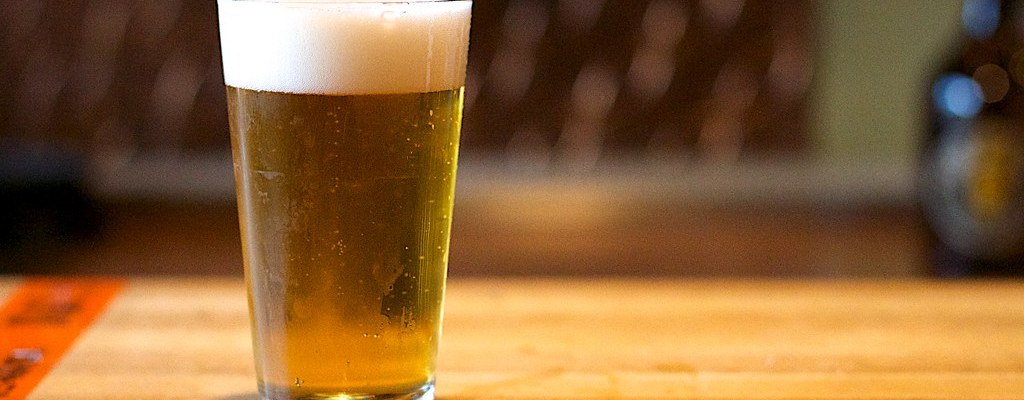|
By Hannah Prensky
When I visited my sister in Prague this summer, we walked by a spa promoting beer baths and hops saunas. There, clients soak in barrels of beer or sit in saunas supplemented by hops oil. The fliers advertising these spas offered some information on their health benefits, but to me, they seemed vague and mostly made-up to attract tourists. The idea of soaking in a bath of alcohol and yeast for a full hour sounded dangerous and dirty, and it made me wonder about the true health benefits of this “beer spa” industry. Does soaking in beer really strip your skin of toxins like advertised, or does it just strip your wallet of money? There are plenty of sobering facts proving that alcohol, as an ingredient in skincare, is problematic. Volatile alcohols like ethanol (drinking alcohol found in beer) and isopropanol (rubbing alcohol) are added to skin care products and cosmetics to immediately degrease skin and leave a quick-dry, weightless finish. However, the delayed consequences of product application also include dryness and itchiness. One reason alcohols are added to products like moisturizers is that after the product dries out, the consumer’s skin will become even drier. Then, they’ll continue using and purchasing the product to provide immediate relief and short-term moisture. However, skin-care companies don’t tell anyone about this property of their ingredients, so that consumers who keep reaching for these moisturizers don’t know that they’re actually drying their skin even more. According to a 2003 study published in the Journal of Hospital Infection, volatile alcohols erode the skin’s surface, weakening the body’s soft outer tissue and allowing harmful agents to pass through the skin. Because of this, alcohols allow beneficial ingredients in skin-care, like retinol or vitamin C, to effectively penetrate the skin. However, they do so by breaking down the skin’s barrier. Beer has a high hops oil content, which can open pores and contribute to the overall nourishment and vitality of skin. When incorporated into baths and saunas, the hops oils provide surface level hydration, leaving the consumer with an immediate feeling of moisturization. The property of alcohol that allows for the delivery of other molecules into the skin is beneficial for these beer spas. Beer contains vitamins B6 and B12, which are important for encouraging the growth of new, healthy skin cells and for repairing damaged skin. These B vitamins also treat skin imperfections like acne, psoriasis, and cellulite. They enter the skin via the mechanism detailed above: alcohol weakens the skin’s outer layer and allows for other molecules to pass through. Like any other hot bath, these beer baths have the additional benefits of improving sleep quality and lowering blood pressure, which lowers the risk of stroke and heart disease. But, because these effects can be achieved with any soothing hot bath, it isn’t necessarily worth it for tourists to invest in a “spa treatment” like this one. Other spa treatments can deliver all these benefits without corroding the skin, and they do so at a lower price. If one is seeking these benefits, it is more economical to draw a hot bath at home, or to go elsewhere for more healthy skin treatments. A single beer bath and sauna treatment costs 3,400 Czech koruna, about 150 U.S. dollars, for one hour. At a spa just down the road from the beer spa I witnessed, one can get a 130 minute detox therapy package, including a body scrub, massage, body wrap, and facial, for 2,000 Czech koruna—less than 90 US dollars—and this package does not include the harmful effects of soaking skin in alcohol. Of course, a bath at home is free!
2 Comments
11/15/2021 04:13:30 am
There are plenty of sobering facts proving that alcohol, as an ingredient in skincare, is problematic. Volatile alcohols like ethanol (drinking alcohol found in beer) and isopropanol (rubbing alcohol) are added to skin care products and cosmetics to immediately degrease skin and leave a quick-dry and many more benefits of beer spa is also written so please read this awesome blog.
Reply
4/28/2023 11:11:11 am
I liked it the most when you shared that beer can help with the vitality of the skin. My friend wants to serve beer at his party. I should advise him to opt for beer wholesale for his party.
Reply
Leave a Reply. |
Categories
All
Archives
April 2024
|

